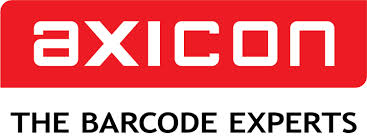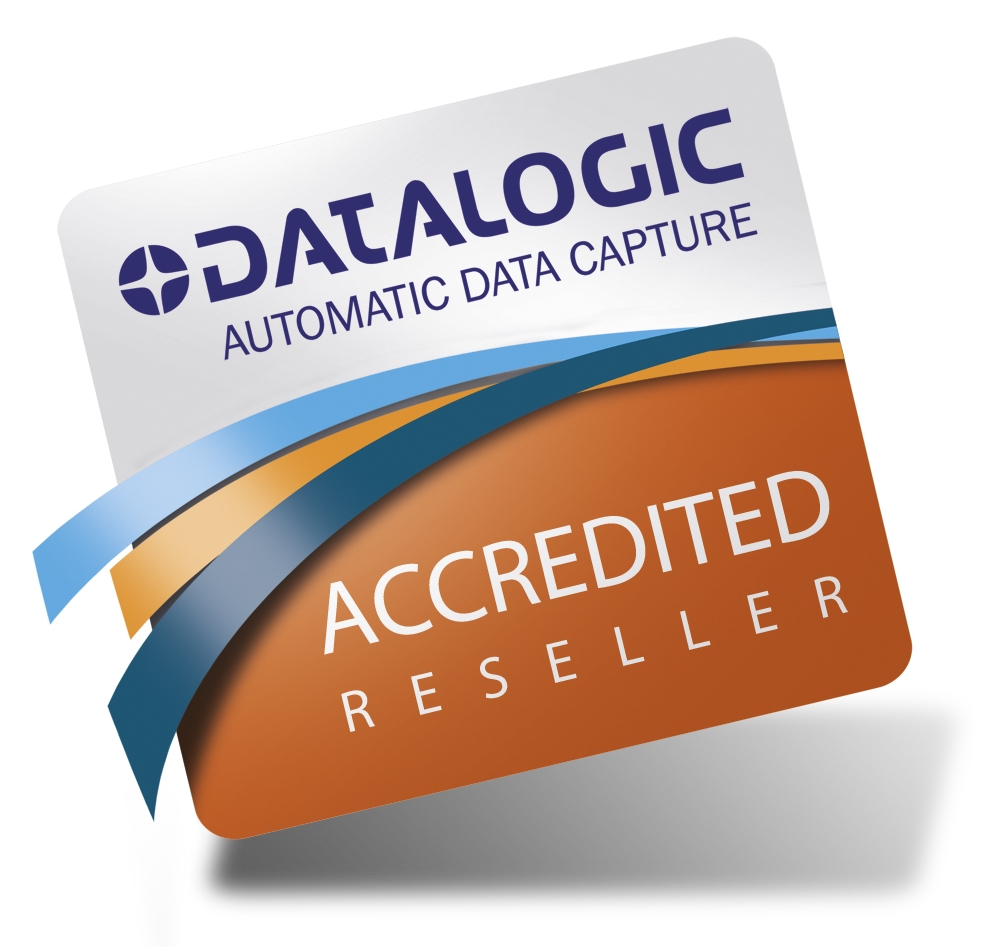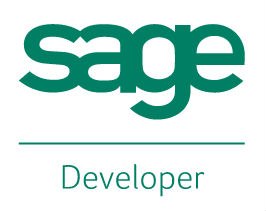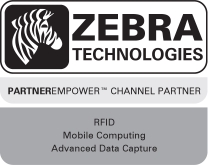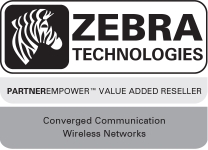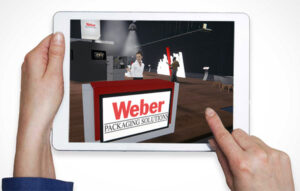 We create the final artwork for the labels that Weber manufactures. While we can handle most types of files and programs, there are certain requirements that will ensure that all pre-press work is completed quickly and correctly with minimal delay.
We create the final artwork for the labels that Weber manufactures. While we can handle most types of files and programs, there are certain requirements that will ensure that all pre-press work is completed quickly and correctly with minimal delay.
The following information will help you to submit your files to us.
File Formats
We are a Mac-based work group. If your label files are created on a PC, they must be saved in a Mac-compatible file format. Acceptable files include:
- Adobe Illustrator Creative Cloud
- Adobe InDesign Creative Cloud
- Adobe Photoshop Creative Cloud (with layers) and all previous versions of Adobe Creative Suite
- Adobe Hi-Res PDFs (with Illustrator editing capabilities)
- Freehand files (saved as editable eps files)
- RGB (“unlocked” with editing capabilities)
Unusable art formats include locked PDF’s, locked RGB files, CAD files, PowerPoint files, CorelDraw files, and MS Word files. It is just as important that each usable art file format should be supplied with supporting text fonts or with text built as outlines. Barcodes included in the art file should denote the number, and new QR codes need to denote the web address information.
Sending Digital Files
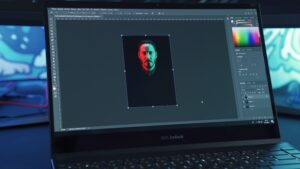 We accept CD/DVDs (Mac compatible), as well as internet file transfers. Your Weber account manager or customer service representative can provide you with the information that you will need to send us your CD/DVDs; specific links and instructions for email or FTP web site file transfers.
We accept CD/DVDs (Mac compatible), as well as internet file transfers. Your Weber account manager or customer service representative can provide you with the information that you will need to send us your CD/DVDs; specific links and instructions for email or FTP web site file transfers.
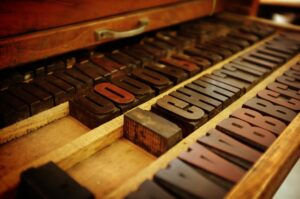 Fonts/Type
Fonts/Type
Please be sure to send all fonts used in your document. Both Printer and PostScript fonts are necessary for us to output your files correctly. Avoid TrueType fonts. The minimum type size is 4 pt. For serif typefaces, we recommend 6 pt. as a minimum. Avoid light type fonts and serif fonts that are very thin, especially when used in reversed-out areas.
Avoid type placed in Photoshop as it tends to be jagged, blurry and rough and will print that way. Never stylize type in the program as this creates problems when the file is ripped to our processor when producing plates, the processor may not be able to convert to the stylized look. Use the appropriate font i.e. use the italic version of the font for italicized words.
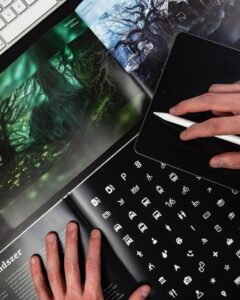 Art/Photos/Graphic Images
Art/Photos/Graphic Images
Please include all original files and links in their original programs (specified above). Avoid embedded art in your label artwork. Photos should be scanned at a minimum of 300 dpi at final scale. Crop your photos so that they are placed on or near 100% at their largest usage. Weber can scan your original artwork or photo for you.
Image Area/Die Strike
Maintain a 1/16″ clear margin from the dyeline (keep in mind the corner radius, too). Include corner radius dimension as part of the art file. Indicate zone or unvarnished areas. Contact your customer service representative for a listing of available die shapes and sizes. Custom dies can also be created for your specific needs.
Colour Specifications
Please specify required PMS (Pantone Matching System) numbers on spot colour artwork. Remember that colours incorrectly named, RGB, or indicated to be CMYK may cause confusion and result in your label printing in an unwanted manner. Please name your colours appropriately (if white prints as a colour on your job, make a spot colour called “Prints as white” and clearly indicate where white should print). Be sure to have only the colours that print on the label in your file. Avoid reverse type in areas with more than one colour. If it is necessary to use a reverse, the type should have a holding line (outline) to ensure clean letters.
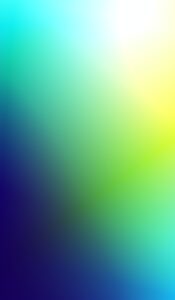 Screens/Tints/Gradients
Screens/Tints/Gradients
Screens may range from 100% to a minimum of 1%. Keep in mind that ending a screen or gradients inside the die strike (on the label) can create an unwanted, noticeable hard line.
Lines/Rules
Minimum line width is .4 pt. Reverse lines or rules have a minimum of .75 pt. to avoid closing up when printed. Screened rules should be at least 1 pt. to avoid a wavy appearance. Rules should never have a fill colour, only use a stroke/line colour.
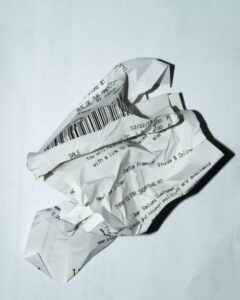 Barcodes/UPCs
Barcodes/UPCs
Indicate the type of bar code needed and position on the label. We can create the barcode for you. The standard UPC barcode should be at least 80% magnification (preferably 85%) with a height of no less than 3/8″.
Bleeds
All bleeds should be 1/16″ beyond the die line or crop marks.



